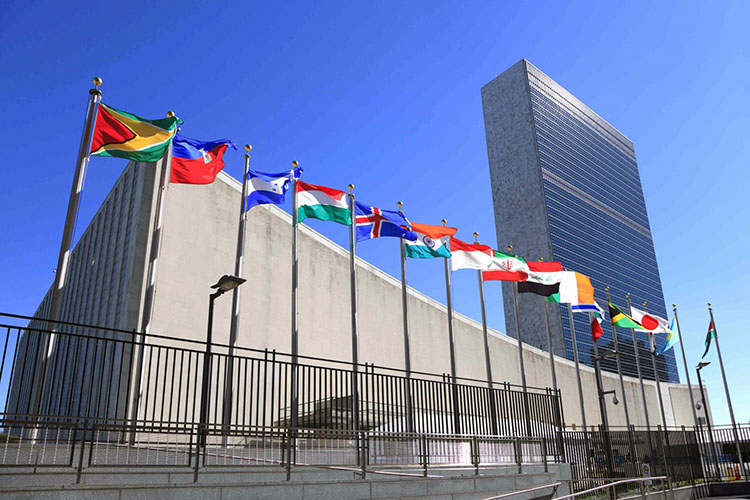The intent of this article is to investigate legal precedents and principles, which yield plausible uses of coercion in the child maltreatment investigative context. In doing so, the goal is to contribute to the underlying legal philosophy and its practical application in the child maltreatment field. In particular, this article addresses the use of coercion in the child protective investigative setting from both an American and Scottish perspective.
Governmental coercion is actual and not merely metaphorical, although there are limits to its use. Our discussion is on the application of coercion as a justifiable daily occurrence in the applied child protection services (CPS) context. From this perspective, CPS coercive authority is a means of merely reinforcing parental behaviors that promote the welfare of the child. Simultaneously, we acknowledge that the unnecessary and excessive use of coercive force by CPS ultimately undermines its own inherent authority and the functionality of the state’s citizens.
The key role of the CPS investigator is to determine if a child is at risk of harm. When a child is in immediate danger, CPS and/or law enforcement work to ensure the child’s safety. A safety plan is often developed, which will keep a child safe at home. When that is not possible, the child may be taken into protective supervision. CPS professionals agree that a child may be removed on an emergency basis if the assessment unequivocally indicates a high risk of danger.
When that determination is uncertain and the evidence is not incontrovertible, the investigator may nonetheless believe it would be prudent for the child to go elsewhere temporarily, or to make certain changes in the household. Towards that end, the investigator may try to influence, encourage, or persuade the caregiver to take certain actions for the child’s betterment. If that influence, encouragement, and persuasion crosses the line into coercion, has the investigator behaved unethically or illegally? Are all or just some forms of coercion unethical or illegal?
This article was recently published in the University of Miami International and Comparative Law Review, 22, 129-170.
[pdf-embedder url=”https://www.jamesmarshlaw.com/wp-content/uploads/2018/01/The-Use-of-Coercion-in-the-Child-Maltreatment-Investigation-Field.pdf” title=”The Use of Coercion in the Child Maltreatment Investigation Field”]


Leave a Reply